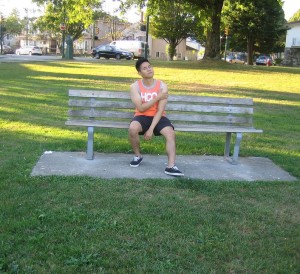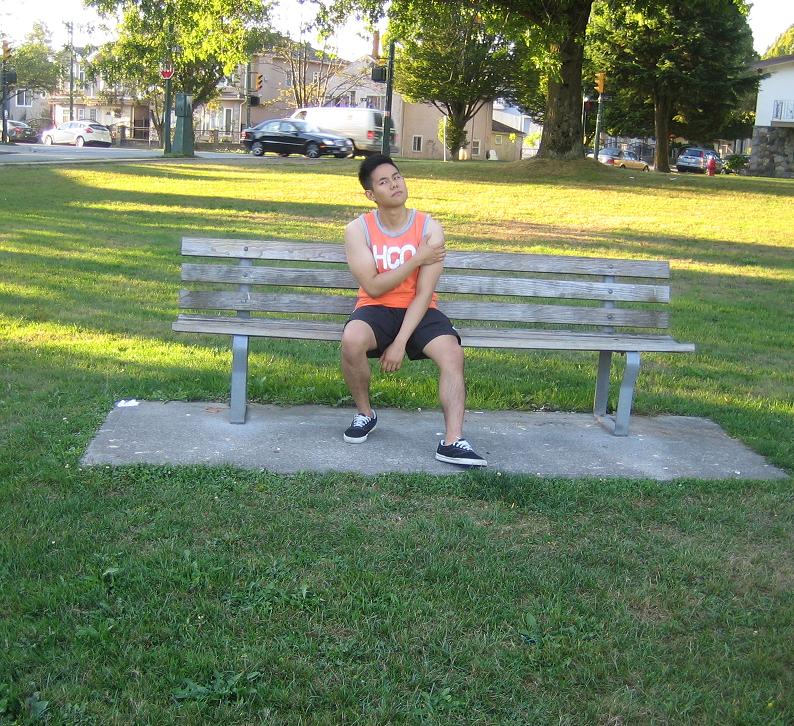A biceps tendon rupture is a tear of the distal biceps tendon which attaches the biceps muscles to bones in the elbow and shoulder. Generally, injuries can be partial or complete tears and usually happens in the dominant arm of the person.
It can be caused by attempting to catch a heavy object falling from a height; smoking and people who are not physical active are in a high risk of rupturing the biceps tendon. In addition, this condition causes pain on the joint of the elbow and difficulty in placing the forearm in supine position.
Causes

- Traumatic rupture usually happens when lifting heavy weights such 150 pounds or more
- Forced flexing of the arm
- Advanced age that gradually weakens the tendon
- Happens spontaneously
- Direct trauma on the area
Symptoms
- At first, severe pain on the upper area of the upper arm.
- A popping sound can be heard when the tendon is disconnected or ruptured.
- Cramping of the biceps muscles and result to muscles to bulge.
- Bleeding and accumulation of blood under the skin of the affected area
- Tenderness when touched
- Weakness of the affected area when placed in a supine position.
- Incapable of rotating the arms
- In addition, improper treatment result to coiling and scarring of the tissue
- Lastly, compartmental syndrome that causes swelling and compression of the blood vessels.
Treatment for a biceps tendon rupture
- Rest the affected area. Avoid heavy lifting and other activities that further irritate the condition and delay the healing.
- Apply ice on the area by placing few ice cubes in a plastic bag, and wrap it using a towel or a piece of cloth before placing to the area for at least 15-20 minutes to lessen the swelling and the pain every 3-4 hours.
- Prescribed pain medications to lessen the swelling and the pain.
- Rehabilitation exercises with the help of the physical therapist to strengthen the muscles, flexibility of the shoulders and restore range of movement of the affected area.
- Surgery repair of the coiled retracted and scarred tendon to improve functioning of the biceps.
- Use a sling to prevent unnecessary movements, rest the area for fast healing of the condition.
Tips
- Avoid dead-lifts
- Maintain proper posture.
- Strengthen the back helps protect the shoulders.
- Take a rest between workout sessions. Avoid overtraining the tendons and muscles to prevent causing strain, breakdown of tissue and fatigue.
- Perform proper stretching, warm up and cooling down exercises before starting any physical activities.
More Information
The details posted on this page on a biceps tendon rupture is for learning purposes only. To learn to recognize the signs and how it is managed, enroll in a first aid course with one of our training providers.
FACT CHECK
https://www.orthobullets.com/shoulder-and-elbow/3081/distal-biceps-avulsion
https://emedicine.medscape.com/article/327119-overview
https://orthoinfo.aaos.org/en/diseases–conditions/biceps-tendon-tear-at-the-elbow/
